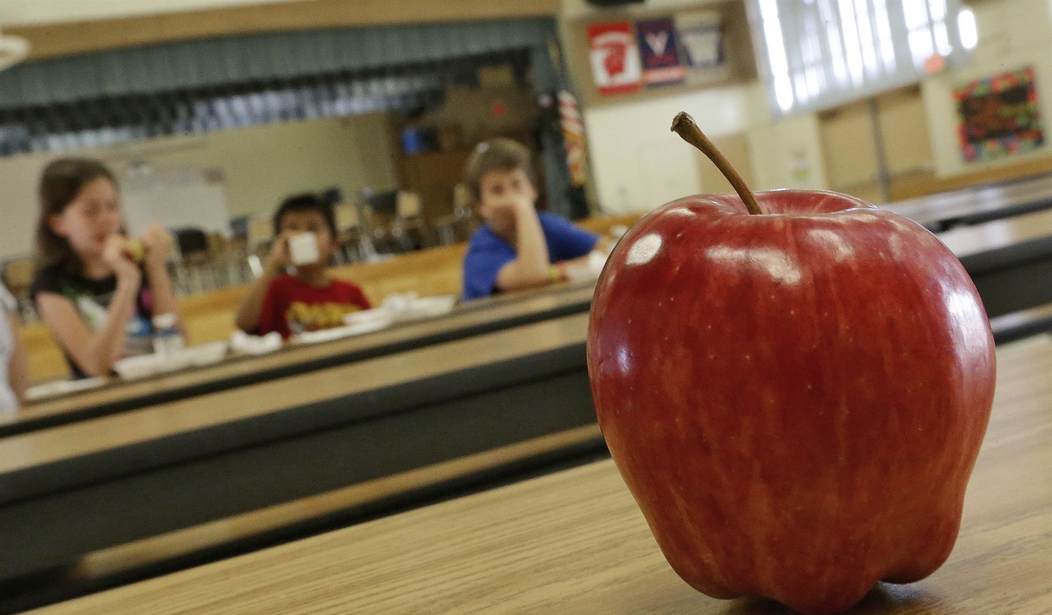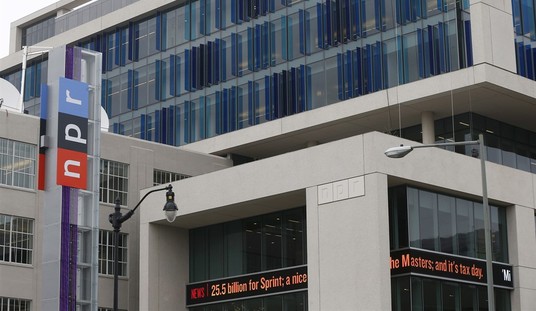Eighth-grade students all across America took the National Assessment of Educational Progress tests in reading and mathematics in 2017 and the results demonstrate two facts.
First: Public schools are doing a bad job teaching their students these two basic subjects.
Second: Catholic schools are doing a better job.
But that is just one win the Catholic schools scored over the public schools. In fact, the current standings in this rivalry are: Catholic schools 2; public schools 0.
The initial contest was academic. Let's review the scoring in that one.
The NAEP tests are scored on a scale of 0 to 500 and students are assigned an achievement level based on their score. These include basic, proficient and advanced.
In the reading test, public school eighth-graders had an average score of 265 in 2017 and 65 percent failed to attain at least a "proficient" level of achievement.
Catholic school students, by contrast, had an average score of 283 and only 45 percent were less than "proficient."
Fans of the public schools may look for secondary factors to explain why Catholic school students did better than public school students in an impartial government-sponsored reading exam. But merely attending a Catholic school, it turns out, was a better indicator of scoring higher in the reading test than most other factors.
For example, eighth-graders with at least one parent who graduated from college (276), or whose families earned too much to be eligible for the school lunch program (277), or who attended school in a rural area (265) a suburb (271), the Northeast (271), the South (264), the Midwest (269) or the West (265) all scored lower than eighth-graders in Catholic schools (283).
Recommended
So, too, did students who already knew English (269) and, therefore, were not English language learners (226).
The percentage of Catholic school eighth-graders who were proficient or better in reading (55 percent) exceeded the percentage in any state. Massachusetts came closest with 49 percent.
The mathematics half of the academic contest was a little closer -- but still a win for the Catholic schools.
Eighth-graders in public schools scored an average of 282 in math, and 67 percent attained an achievement level that was less than proficient.
Catholic school eighth-graders scored an average of 294, and 56 percent attained an achievement level less than proficient.
Students who grew up with at least one parent who graduated from college (294) tied Catholic school students (294) in the math test and students whose families earned too much to be eligible for the school lunch program scored slightly higher (296).
But students in the country (282), the suburbs (288), the Northeast (288), the South (280), the Midwest (286) and the West (281), as well as those who were not English Language Learners (285) all scored lower in math than eighth-graders in Catholic schools (294).
The percentage of Catholic school eighth-graders who were proficient or better in math (44 percent) beat the eighth-graders in 47 of the 50 states.
In some areas, the public schools are now an obstacle a young person must overcome.
In the Detroit public schools, for example, 93 percent of the eighth-graders were less than proficient in reading. In Cleveland, it was 90 percent; and in Baltimore, 87 percent.
In Philadelphia -- where the Founders declared that all men are endowed by their creator with certain unalienable rights, including the rights to life, liberty and the pursuit of happiness -- 80 percent of the eighth-graders in public school were not proficient in reading.
In Washington, D.C., the nation's capital, it was 79 percent.
Then there is the second contest in which the Catholic schools beat the public schools: Teaching values.
Public schools generally teach secular left-wing values -- that, in some instances, cannot be reconciled with the laws of nature and nature's God, whom the Founders invoked when they created this republic.
Catholic schools teach Catholic values, which are wholly consistent with the natural law, which must ultimately form the foundation of every American law.
In 2015, according to the Census Bureau, there were 45,531,000 students in public elementary and secondary schools in the United States and state and local governments spent $610,857,320,000 on those schools.
That works out to approximately $13,416 per pupil.
Parents who sent their children to Catholic and other private schools paid twice: once for the public schools with their taxes and once for the private school with their tuition.
But many parents who sent their children to public schools also got a bad deal -- because their child got a bad education.
States should take every penny they now spend on the public schools and give it to parents in the form of a voucher that carries just one requirement: Educate your child where you see fit.
























Join the conversation as a VIP Member